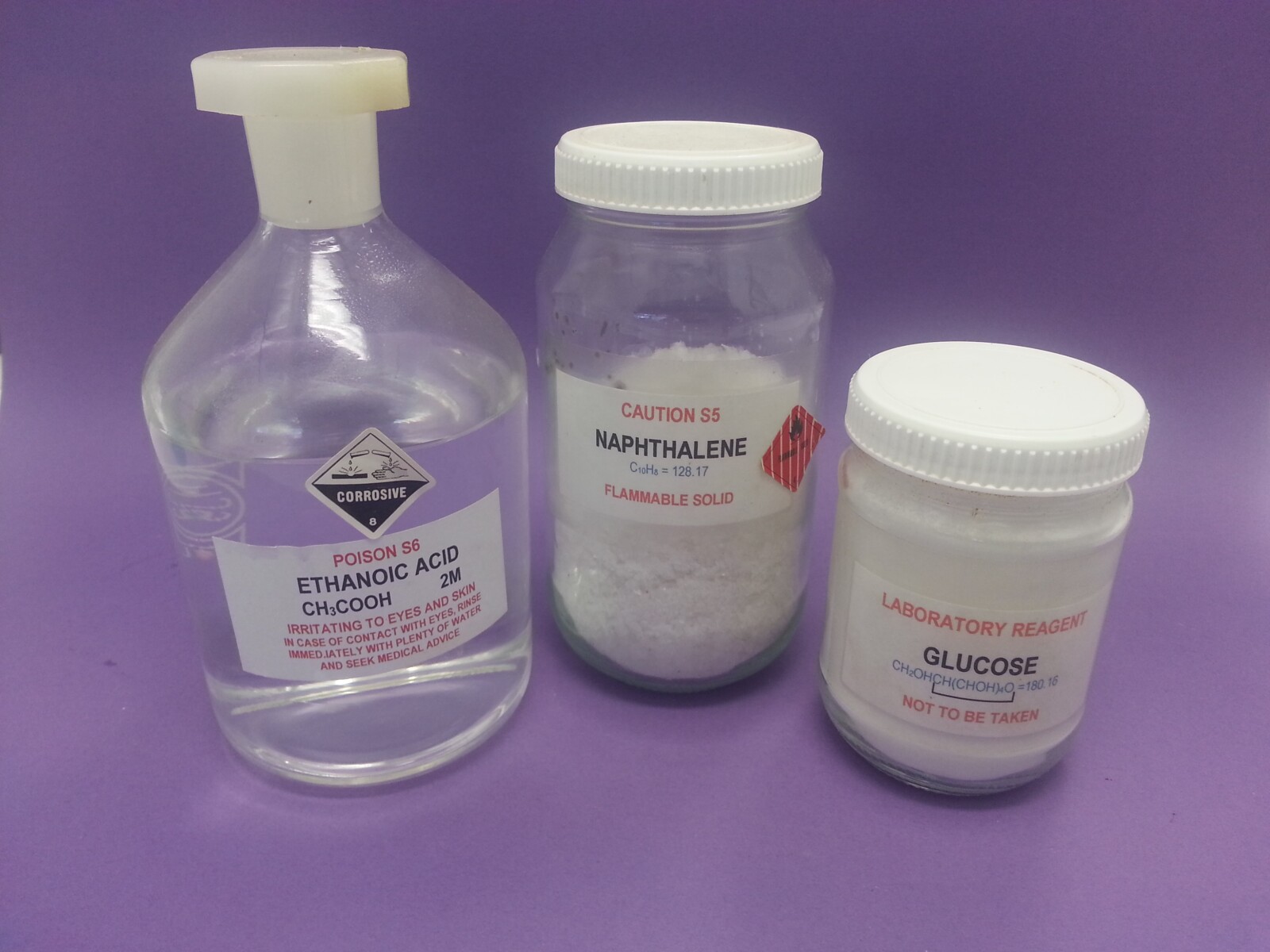Toxic Tort: Seeking Compensation for Chemical Exposure
In this comprehensive guide, we delve into the complexities of toxic tort cases, specifically those involving harmful chemical exposure. Through examining high-profile lawsuits, understanding symptoms, and exploring proof of liability, we provide a thorough understanding of the legal process. We also investigate links between exposure and birth defects. This article is vital for those seeking compensation for damages, offering clarity on intricate legal and scientific concepts within environmental law and toxicology.

Key Takeaways
- Common symptoms of chemical exposure include coughing, skin rash, difficulty breathing, memory problems, and fatigue.
- Chemical exposure can lead to various health issues, such as lung cancer, mesothelioma, brain damage in children, birth defects, and workplace illnesses.
- Lawsuits related to pesticide exposure, such as Monsanto Roundup lawsuits, highlight the potential link between glyphosate and cancer, as well as concerns about children's vulnerability.
- Proving liability in chemical exposure cases requires establishing exposure, breach of duty, injury, and actual costs, while damages can include economic and non-economic losses, with punitive damages in some cases.
Understanding Symptoms and Types of Chemical Exposure
In the realm of toxic tort law, understanding the symptoms and types of chemical exposure, such as skin rashes from pesticide exposure or memory problems due to groundwater contamination, is critical to establishing a compelling lawsuit. The symptoms of chemical exposure may appear immediately or may have a latent period, causing long-term health effects. Chemical exposure prevention strategies are crucial in mitigating these risks. Asbestos, for instance, may trigger lung cancer or mesothelioma, whereas lead paint can cause irreversible brain damage in children. Moreover, chronic exposure to certain chemicals can lead to debilitating diseases like non-Hodgkin lymphoma. Consequently, it is essential to recognize these symptoms early and seek appropriate legal and medical intervention.
Exploring High-Profile Pesticide Exposure Lawsuits
Monsanto's high-profile lawsuits related to Roundup, a widely-used herbicide, have drawn significant attention to the potential harm and health risks associated with pesticide exposure. The environmental impact of pesticide exposure involves not only potential health risks, such as cancer, but also perturbations in ecosystems, impacting biodiversity. The Roundup cases underscore the crucial importance of corporate responsibility in chemical exposure cases. Companies like Monsanto have a legal and ethical obligation to ensure the safety of their products and provide clear warnings about potential hazards. These cases have also highlighted the need for rigorous scientific research into the toxicological effects of pesticides and robust legal mechanisms to hold corporations accountable for negligence or malfeasance.
Dangers Associated With Chemicals and Flavorings
Exposure to certain chemicals and flavorings, such as the compound diacetyl used in popcorn butter flavoring, can lead to serious health issues, and it is imperative that both consumers and manufacturing employees are adequately informed about these potential risks. The toxicity of diacetyl in flavorings, particularly in manufacturing environments, represents a significant health hazard. Chronic inhalation can lead to bronchiolitis obliterans, a severe lung disease. Meanwhile, metal poisoning from environmental exposure, including lead and mercury, can cause debilitating neurological disorders. These substances, once released into the environment, can infiltrate water sources and food chains. In conclusion, strict regulations, coupled with effective public awareness campaigns, are key to mitigating the health risks associated with chemical exposure.
The Legal Process: Proving Liability in Chemical Exposure Cases
Navigating through the intricacies of the legal process, individuals seeking redress for ailments arising from chemical exposure must establish clear liability, substantiating not only the occurrence and traceability of exposure, but also the defendant's breach of duty and the consequent injury. This involves meeting the legal burden of proof, a multifaceted task requiring comprehensive evidence and skillful argumentation. Key elements include credible medical testimony, demonstrable evidence of exposure, and correlative instances of illnesses in comparable environments. Compensation requirements necessitate a precise calculation of damages, which may encompass medical costs, loss of earnings, and non-economic losses such as pain and suffering. In flagrant cases, punitive damages may also be levied as a deterrent against future negligent behavior's.
A Deeper Dive Into Various Aspects of Chemical Exposure Cases
Delving into the multifaceted aspects of chemical exposure cases, our discussion will further explore everything from the symptoms and types of chemical exposure to the complexities of lawsuits related to pesticide exposure, and from the harmful effects of various chemicals and flavorings to the challenging process of proving liability. Chemical exposure and long term health effects are intricately linked, with exposure to substances like asbestos, lead, and pesticides potentially causing serious conditions such as cancer and birth defects. Navigating environmental regulations and implementing chemical safety measures are key to reducing these risks. However, when exposure occurs, the burden of proving liability often rests on the victim, necessitating a deep understanding of both environmental law and toxicology. This highlights the importance of expert legal representation in such cases.
Link Between Chemical Exposure and Birth Defects
Research has demonstrated that both maternal and paternal exposure to certain chemicals, such as pesticides and industrial solvents, can contribute to a significant increase in the risk of birth defects, and this alarming link necessitates thorough investigation and stringent safety measures. The role of environmental regulations in preventing chemical exposure cannot be overstated. It is crucial that these regulations are enforced with rigor, as they act as the first line of defense in safeguarding public health, particularly the health of our children. The long-term effects of chemical exposure on children's health are severe, often resulting in developmental and cognitive impairments. Therefore, it is essential that we safeguard our future generations through effective environmental regulations and mitigate the risks associated with chemical exposure.
Frequently Asked Questions
What Are Some Preventative Measures to Reduce the Risk of Chemical Exposure?
Preventative measures to reduce chemical exposure risk include implementing workplace safety measures such as proper ventilation, protective clothing, and regular safety training. Equally important is safe home chemical storage; keeping hazardous substances in properly sealed containers, out of reach from children, and away from food. Regularly updating inventory to avoid excess storage and disposing of unnecessary chemicals can also mitigate risks. These strategies help minimize both direct and indirect exposure to harmful chemicals.
How Does a Lawyer Typically Prepare for a Chemical Exposure Case?
A lawyer preparing for a chemical exposure case typically begins by gathering evidence of exposure and its resultant symptoms. This involves acquiring medical records, environmental test results, and expert testimonies. They also research relevant protective legislation to build a strong argument for their client. The goal is to prove the defendant's negligence led to the plaintiff's harmful exposure and subsequent health issues. The lawyer's expertise in environmental law and toxicology is crucial in successfully navigating these complex cases.
How Does the Government Regulate the Use of Potentially Harmful Chemicals?
The government regulates the use of potentially harmful chemicals through several pieces of legislation. The Toxic Substances Control Act (TSCA) authorizes the EPA to require reporting, testing and restrictions relating to chemical substances. The Occupational Safety and Health Act (OSHA) sets standards for handling industrial hazards, including chemicals. Additionally, the Clean Air Act and Clean Water Act regulate chemical emissions into the environment. These laws aim to protect both public health and the environment from harmful chemical exposure.
How Long Does a Typical Chemical Exposure Lawsuit Take From Filing to Resolution?
The duration of a chemical exposure lawsuit can vary significantly due to factors such as the complexity of the case, court schedules, and whether a settlement is reached. Lawsuit financing can support plaintiffs during this potentially lengthy process. It's crucial to note that each state has its own statute of limitations for filing such claims, which can range from one to six years. Therefore, it's vital to consult a legal expert promptly after suspecting chemical exposure.
Are There Any Support Groups or Resources Available for Victims of Chemical Exposure?
Yes, numerous resources and support groups are available for victims of chemical exposure. These organizations offer coping strategies and emotional support to aid in managing the life changes and stress associated with such exposure. Resources include the Environmental Health Network for education and advocacy, and the Agency for Toxic Substances and Disease Registry for health information. Support groups, both online and in-person, provide a platform for sharing experiences and receiving emotional support.
Conclusion
In conclusion, toxic tort cases present a complex intersection of law, environmental science, and public health. Exposure to harmful substances may lead to severe health repercussions, necessitating legal action to seek compensation. Understanding the depth of chemical exposure, proving liability, and recognizing the potential health implications, including birth defects, is crucial. This comprehensive understanding aids in the pursuit of justice for victims, ensuring they receive appropriate damages for the hardships endured.

This post has been generated by AI and was not reviewed by editors. This is Not legal advice. Please consult with an attorney.




